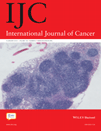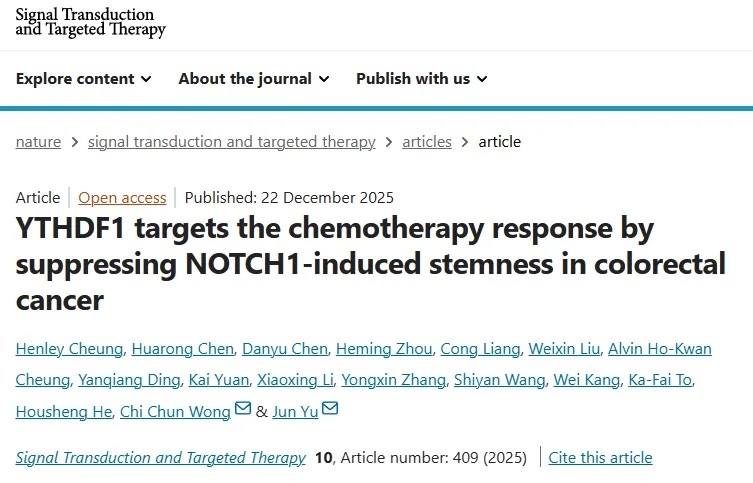Int J Cancer:口腔癌新型生物标记物 加速推进个体化疗法
| 导读 |
近日,来自多伦多大学的研究者通过研究鉴别出了一种特殊的蛋白质,其可以帮助医生预测是否个体会患口腔癌,相关研究刊登于国际杂志International Journal of Cancer上。
口腔癌是亚洲常见的癌症之一,研究者发现这种新型蛋白质可以扮演生物标志物的角色,从而帮助研究者确定患者口腔的损坏程度是否会导致口腔癌的发生。某些癌症发病快... |

近日,来自多伦多大学的研究者通过研究鉴别出了一种特殊的蛋白质,其可以帮助医生预测是否个体会患口腔癌,相关研究刊登于国际杂志International Journal of Cancer上。
口腔癌是亚洲常见的癌症之一,研究者发现这种新型蛋白质可以扮演生物标志物的角色,从而帮助研究者确定患者口腔的损坏程度是否会导致口腔癌的发生。某些癌症发病快而且损害程度大,但是有些癌症却发病缓慢,而且容易控制;生物标记物常被用于预测特殊的病人是否会患癌症以及哪种疗法更适合进行治疗。
目前基因组学是一种常见的鉴别生物标记物的方法,文中研究者发现了这种名为S100A7的蛋白质,其可以作为一种新型的生物标记物对癌前病变引发的口腔损伤进行预测,这些不同类型的损伤将会引发癌症发生;然而目前很难预测哪种口腔损伤会发生癌变以及癌变的速度。
蛋白质S100A7的过表达可以阐明个体发生口腔癌前病变的攻击性,其也可以帮助医生确定哪种疗法比较有效;恶性口腔癌的疗法往往会引发患者出现严重疼痛、面部缺陷以及低生存率,因此精确地预测哪种疗法更为有效显得尤为重要。
口腔癌在中国和印度尤为常见,而且在吸烟者中多发,但是近年研究发现,口腔癌发病人数在北美也日趋增加。最后研究者希望他们的研究成果能够帮助医生们尽快开发出针对每一个患者的个体化疗法,来抑制或者治疗口腔癌患者。(转化医学网360zhyx.com)
原文链接:
S100A7 overexpression is a predictive marker for high risk of malignant transformation in oral dysplasia
Early detection of oral lesions (OLs) at high risk of cancer development is of utmost importance for intervention. There is an urgent unmet clinical need for biomarkers that allow identification of high-risk OLs. Recently, we identified and verified a panel of five candidate protein biomarkers namely S100A7, prothymosin alpha, 14-3-3ζ, 14-3-3σ and heterogeneous nuclear ribonucleoprotein K using proteomics to distinguish OLs with dysplasia and oral cancers from normal oral tissues. The objective of our study was to evaluate the potential of these candidate protein biomarkers for identification of oral dysplastic lesions at high risk of cancer development. Using immunohistochemistry, we analyzed expressions of these five candidate protein biomarkers in 110 patients with biopsy-proven oral dysplasia and known clinical outcome and determined their correlations with p16 expression and HPV 16/18 status. Kaplan–Meier survival analysis showed reduced oral cancer-free survival (OCFS) of 68.6 months (p = 0.007) in patients showing cytoplasmic S100A7 overexpression when compared to patients with weak or no S100A7 immunostaining in cytoplasm (mean OCFS = 122.8 months). Multivariate Cox regression analysis revealed cytoplasmic S100A7 overexpression as the most significant candidate marker associated with cancer development in dysplastic lesions (p = 0.041, hazard ratio = 2.36). In conclusion, our study suggested the potential of S100A7 overexpression in identifying OLs with dysplasia at high risk of cancer development.

来源:bioon
 腾讯登录
腾讯登录
还没有人评论,赶快抢个沙发